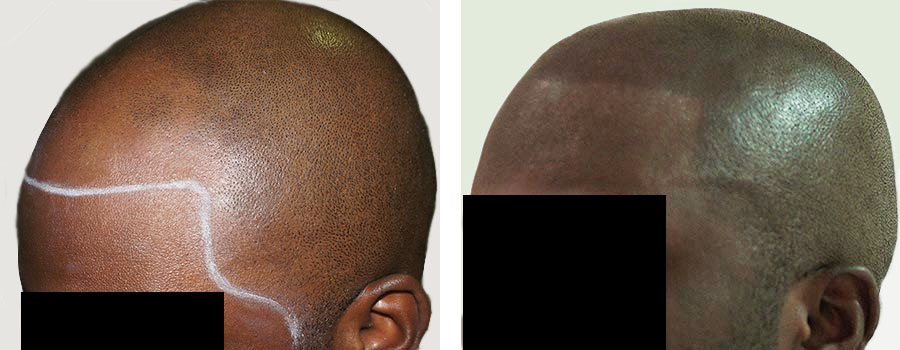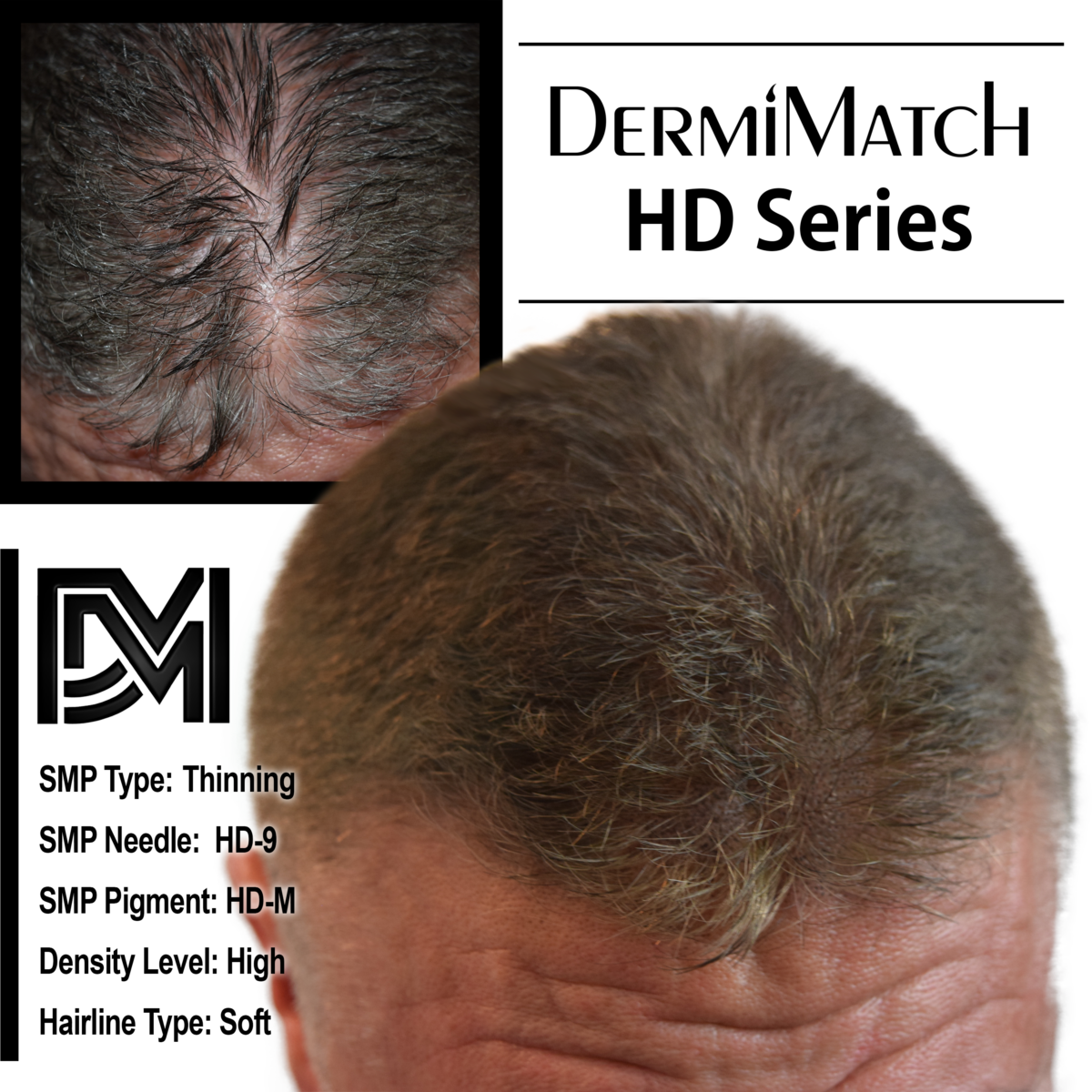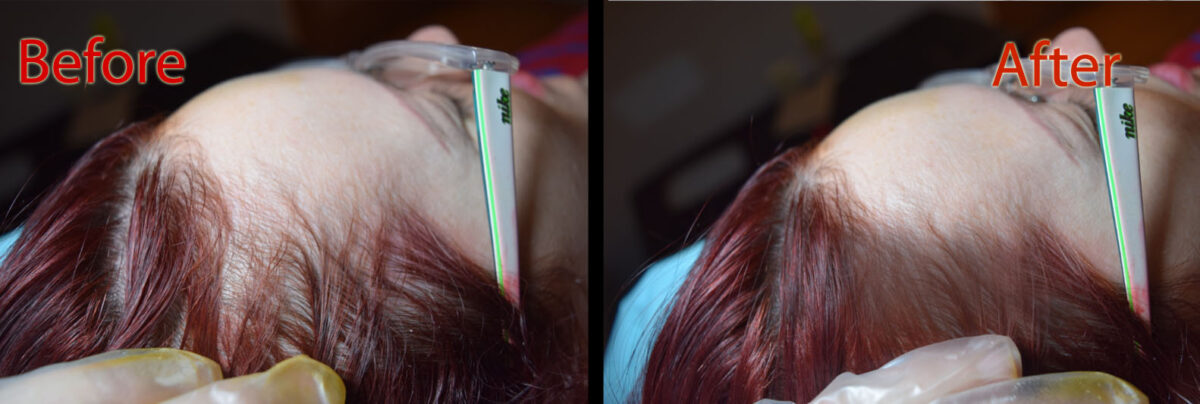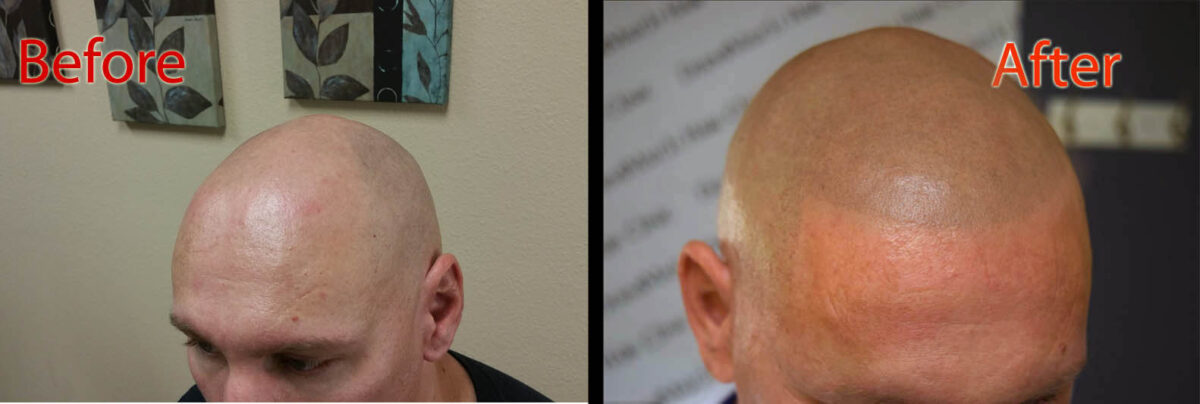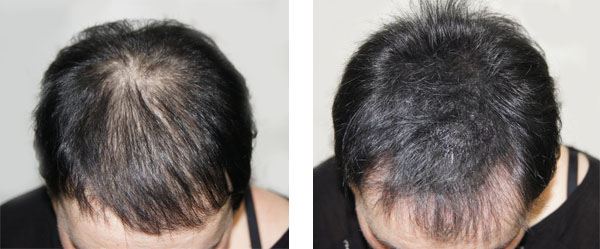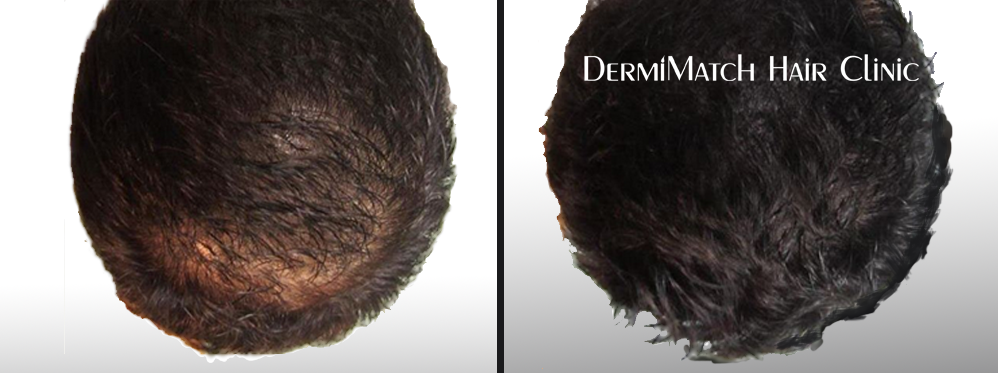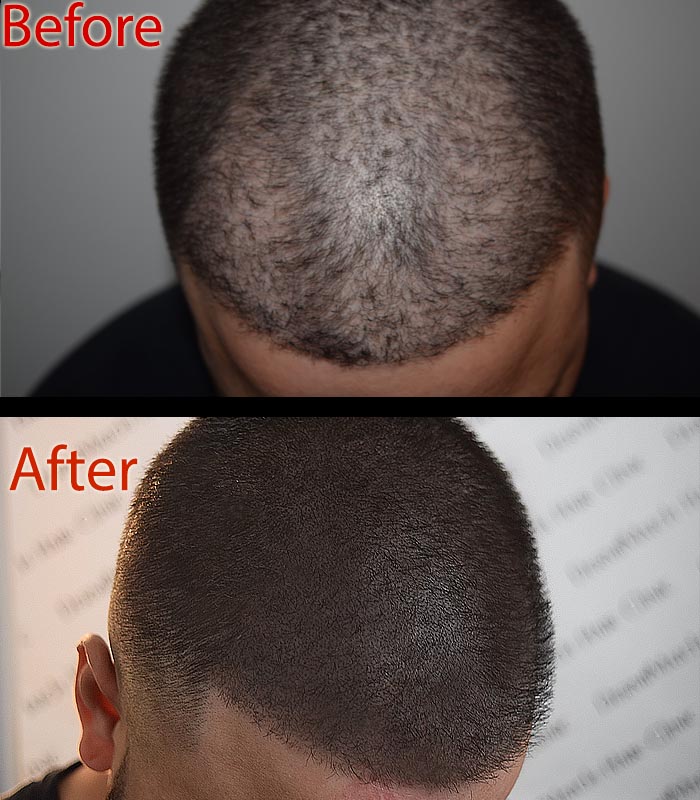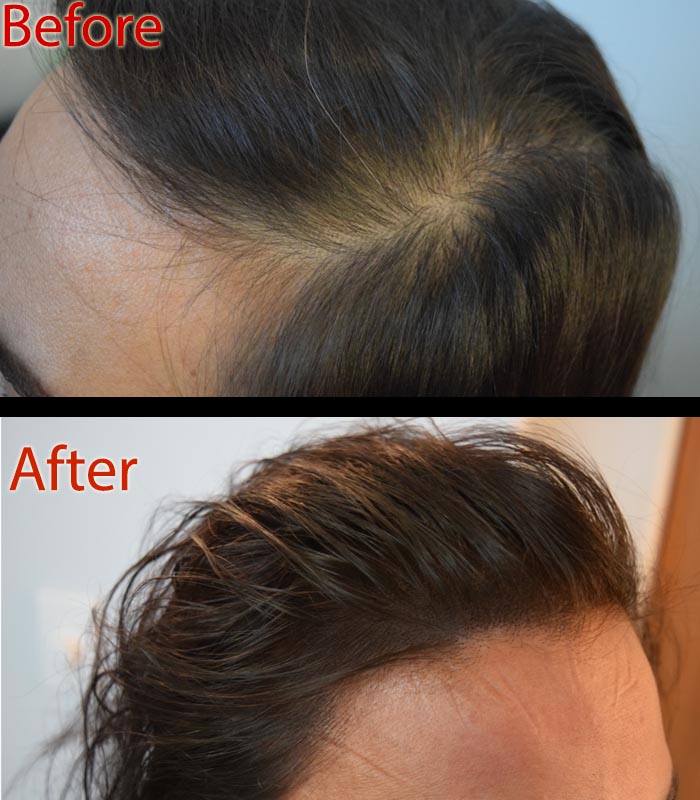Protein shakes have conquered the fitness world, lauded for their muscle-building prowess. But there are widespread concerns that mention about the connection between protein shakes and hair loss. As fitness enthusiasts and health-conscious individuals, navigating this murky terrain can be frustrating. So, what does the evidence say? Does slamming protein shakes doom us to a future of thinning locks?
Protein Shakes and Hair Loss: What’s the Concern
Understanding hair growth is crucial. Hair follicles follow three phases, including the anagen or growth phase, where keratin production spins new strands; the catagen or transition phase, a brief resting period; and the telogen or shedding phase, where old strands make way for the new. Hormones, nutrition, and even stress influence this intricate balance.
Potential Culprits in the Protein Shake
While the science paints an incomplete picture, certain aspects of protein shakes might contribute to hair loss in specific individuals:
Hormonal Imbalance
Some whey protein isolates contain inorganic growth hormones like DHEA. These can potentially influence testosterone levels, and elevated testosterone, especially in individuals with male pattern baldness, is linked to hair loss.
Nutritional Shortcomings
Convenience often comes at a cost. Overreliance on protein shakes can lead to nutrient deficiencies like iron or biotin, both crucial for hair health. Iron deficiency, in particular, is a well-documented cause of hair loss.
Underlying Conditions
Certain ingredients in protein shakes can aggravate existing scalp issues like dermatitis or seborrheic dermatitis and worsen hair loss.
A Deeper Look
Correlation Doesn’t Equal Causation
Studies often show correlations, not definitive proof. Observing more hair shedding in individuals with high protein intake doesn’t guarantee that the shakes are the culprit.
Individuality Matters
Genetics, overall health, and existing hair conditions significantly influence how someone responds to protein shakes. What triggers hair loss in one person might have no effect on another.
Protein Type Makes a Difference
Whey protein isolates with added hormones might pose more concern than concentrates or plant-based proteins, which lack these potential disruptors.
So what’s the verdict: Is There A Connection Between Protein Shakes and Hair Loss?
Scientific investigations offer glimpses, but a clear consensus remains elusive:
A 2014 study suggested a correlation between higher protein intake per body weight and worsening hair shedding in women with TE. However, a direct cause-and-effect relationship wasn’t established.
A 2015 study linked TE cases to the onset of high-protein, low-carb diets in multiple women. Hair shedding gradually improved after diet cessation. This points to potential dietary imbalances rather than protein shakes themselves.
However, two 2016 reviews found inadequate evidence that protein supplements alone cause TE, even in excess consumption. More rigorously controlled research is needed for definitive conclusions.
What’s the solution?
So, what can you do to navigate this protein-and-hair-loss labyrinth?
A healthcare professional can assess your risk factors, analyze your diet, and advise on appropriate protein intake based on your unique needs. Besides, you should opt for high-quality protein powders without added hormones or unnecessary sugars. Explore plant-based options if concerned about potential hormonal influences.
Balanced Diet is Key. Don’t rely solely on protein shakes for your nutritional needs. Ensure a balanced diet rich in fruits, vegetables, whole grains, and healthy fats to provide all the essential nutrients your body craves, including your hair.
If you notice increased shedding after protein shake supplementation in your diet, consider reducing intake, switching to a different type of protein, or consulting a healthcare professional to rule out other potential causes.
Protein shakes, when consumed as part of a balanced diet and within appropriate recommendations, are unlikely to directly cause hair loss for most individuals. However, individual factors and potential interactions with pre-existing conditions necessitate a personalized approach. Consulting a healthcare professional and maintaining a balanced diet are key to making informed decisions regarding your hair health and overall well-being.
How can SMP Help?
Now that you are unsure whether protein supplements are to be blamed for hair loss, you may want to look for an alternative solution.
Scalp micropigmentation is one such hair restoration technique that can easily hide your scalp problems are restore your self-confidence. Get the treatment for SMP experts in Phoenix. DermiMatch Clinic invites you to experience the best of scalp micropigmentation at the hands of top Phoenix SMP practitioners.
So what’s the wait for? Schedule your consultation today!

